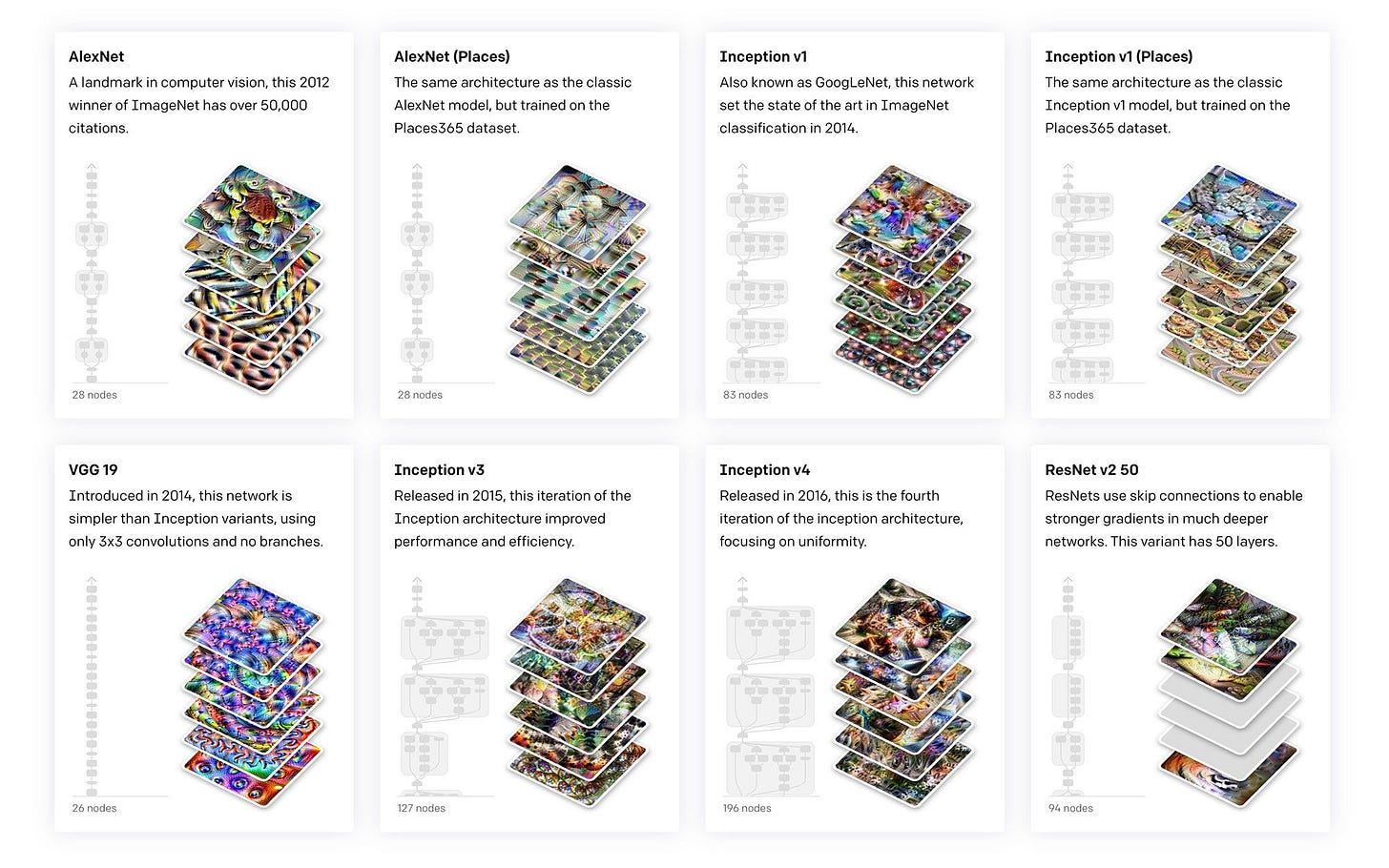TheSequence Scope: Visualizing Neural Networks
Initially published as 'This Week in AI', a newsletter about the AI news, and the latest developments in ML research and technology
From the Editor: Visualizing Neural Networks
Interpretability remains one of the biggest challenges in modern machine learning. Disciplines such as deep learning have increased the sophistication of neural networks but that sophistication has introduced challenges in terms of understanding how these systems make decisions. The accuracy-interpretability dilemma is at the center of the deep learning evolution. That dilemma describes the friction between being able to accomplish complex knowledge tasks and understanding how those tasks were accomplished. In essence, interpretable models are not very accurate and accurate models tend to be hard to understand.
In addition to the interpretability-accuracy friction, understanding deep learning models requires a new generation of debugging tools. As a result of these challenges, data scientists typically rely on visualization tools to understand the decision-making process of deep learning models. This week we saw a major release in this area when OpenAI open-sourced Microscope and the Lucid library, two efforts focused on creating visual representations of deep neural networks. Visualization techniques and debugging tools are certainly a key area of improvement to accelerate the mainstream adoption of deep learning technologies.
Now let’s take a look at the core developments in AI research and technology this week.
AI Research:
Offline Reinforcement Learning
Google Research published a paper proposing a method to train reinforcement learning methods from logged experiences.
>Read more in this blog post from Google Research
Learning Related Tasks with Minimum Data
Researchers from Amazon published a paper outlining a meta-learning method that allows models to learn new tasks using unlabeled datasets
>Read more in this blog post from Amazon Research
Scalable Object Detection
Google Research published a new paper detailing EfficientDet, a method for building scalable and efficient object detectors.
>Read more in this blog post from Google Research
Cool AI Tech Releases:
Visualizing Neural Networks
OpenAI unveiled Microscope, a new series of visualizations to interpret well-known neural network models.

The image credit: OpenAI
>Read more in this blog post from OpenAI
TensorFlow Lite Model Maker
Google open-sourced Model Maker, a tool that uses transfer learning to adapt adapts state-of-the-art machine learning models to custom data sets.
>Read more in this blog post from the TensorFlow team
Nevergrad
Facebook added new features to Nevergrad, an open-source framework for model optimization.
>Read more in this blog post from Facebook Research
AI in the Real World:
MinsDB
AI startup MinsDB raised $3 million to accelerate its platform that allows data scientists to rapidly train and deploy machine learning models.
>Read more in this coverage from VentureBeat
Microsoft CTO Book
Kevin Scott, CTO of Microsoft, has published a new book about how AI can reprogram the American Dream.
>Read more in this coverage from the Wall Street Journal
AI for Measuring Social Distancing
Andrew Ng’s AI startup Landing AI created a tool that uses image analysis to measure social distancing in the workplace.
>Read more in this coverage from MIT Technology Review
“This Week in AI” is a newsletter curated by industry insiders and the Invector Labs team, every week it brings you the latest developments in AI research and technology.
From July 14th the newsletter will change its name and format to develop ideas of systematic AI education.
To stay up-to-date and know more about TheSequence, please consider to ➡️
